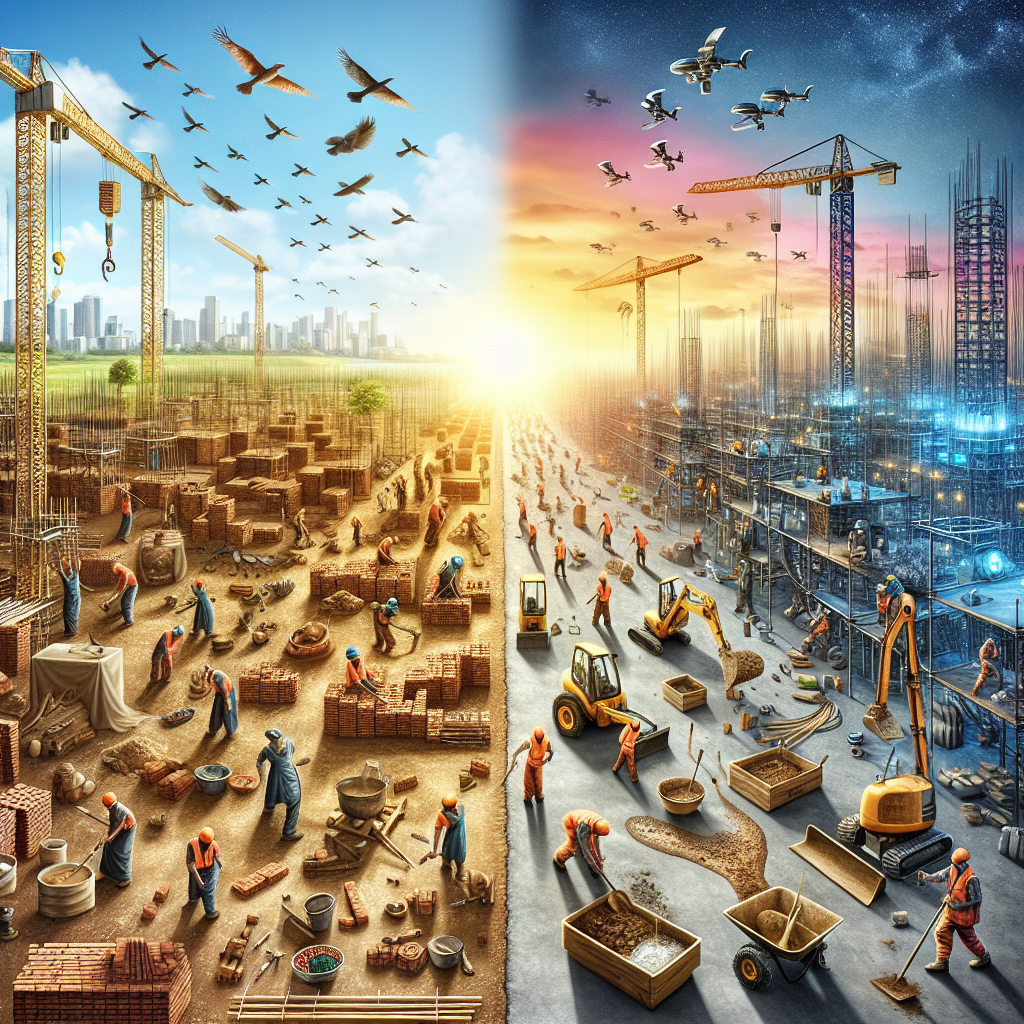Breaking news: Robotics automation is accelerating at an unprecedented pace, but what does this mean for our traditional real estate landscapes? As we delve into this question, it’s pertinent to understand that like a recipe passed down for generations, architecture carries its own set of culinary traditions.
From the pyramids of Egypt to the skyscrapers of New York, built structures have often reflected their cultural roots. They’ve been shaped by societal values and collective aspirations. Some might say they are monuments to human ingenuity – embodiments of progress. Today though, that narrative is changing as construction once painstakingly executed by human hands is being taken over by robotic appendages.
Looking at modern evolution in this sector shows a shift towards efficiency and precision driven design – core benefits offered by robotics automation. Companies worldwide are adapting these technologies leading to transformations equivalent to replacing hand rolled pasta with mechanized extrusion.

The key ingredients here are software algorithms capable of designing complex buildings within seconds and robots able to execute those designs flawlessly every time; think sous vide cooking versus open flame grilling each delivering predictably perfect results consistently.
Preparation methods too have drastically evolved from manual labor extensive constructions towards digitally printed infrastructures where AI-driven machines lay bricks or pour concrete with GPS-grade precision.
Cultural significance cannot be understated either. How we construct reflects on us as a society – much like our cuisine defines who we are culturally. The shift suggests a move away from craftsmanship towards industrialization raising questions around value systems embedded deep within societies.
Contemporary trends show a surge in automated, eco-friendly constructions. High tech greenhouses, fully equipped with robotic irrigation and harvesting systems are reshaping our food culture while self-assembling houses have flipped traditional real estate development models.
Expert perspectives differ though. Some suggest we’re heading for a crisis as automation takes away jobs once done by humans, while others believe this is an opportunity to foster creativity and innovation in the industry.

I’ve personally seen these changes play out within my cityscape – what was once a manually operated crane at construction sites is now replaced by an automated one.
Cultural preservationists fear that just like how mass-produced foods lose their essence over handmade ones, buildings erected by robots might lack soul. The challenge before us then lies in balancing progress without eroding cultural heritage embedded within architectural practices.
